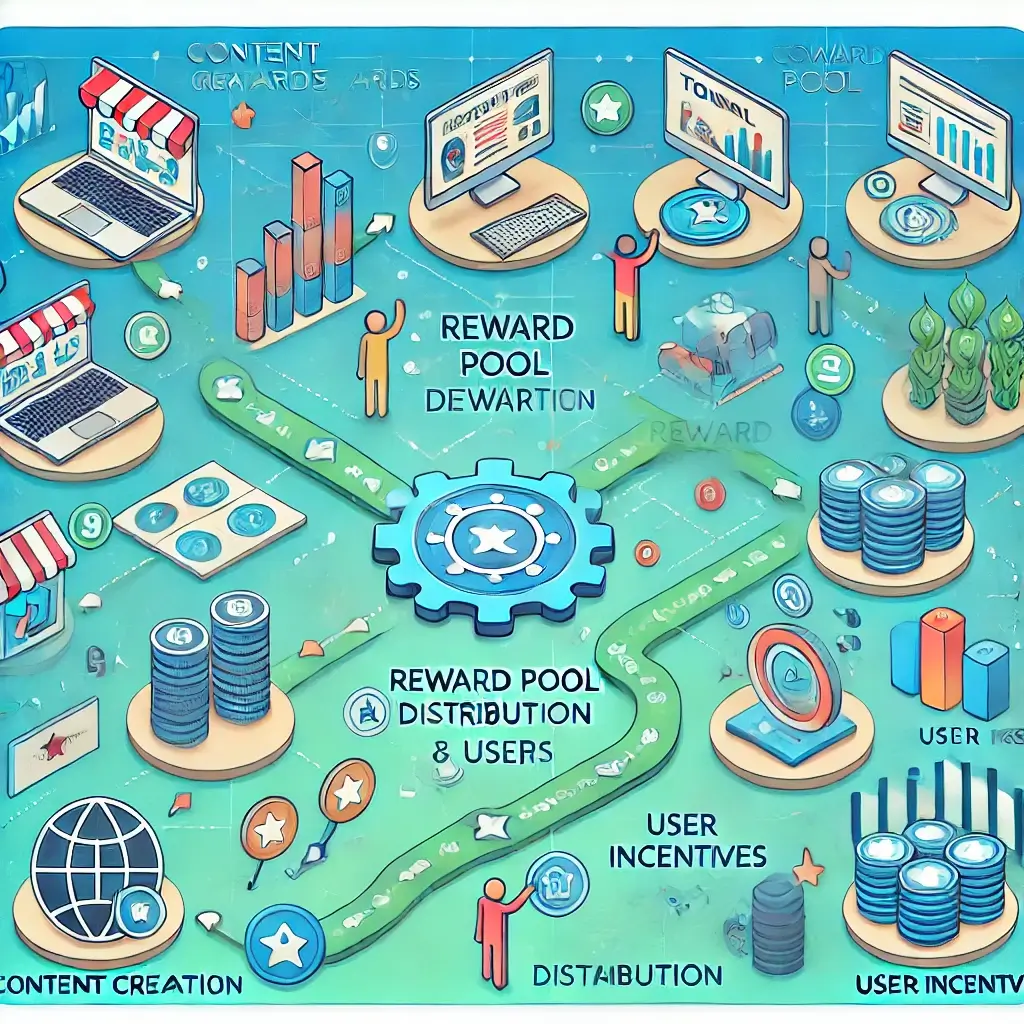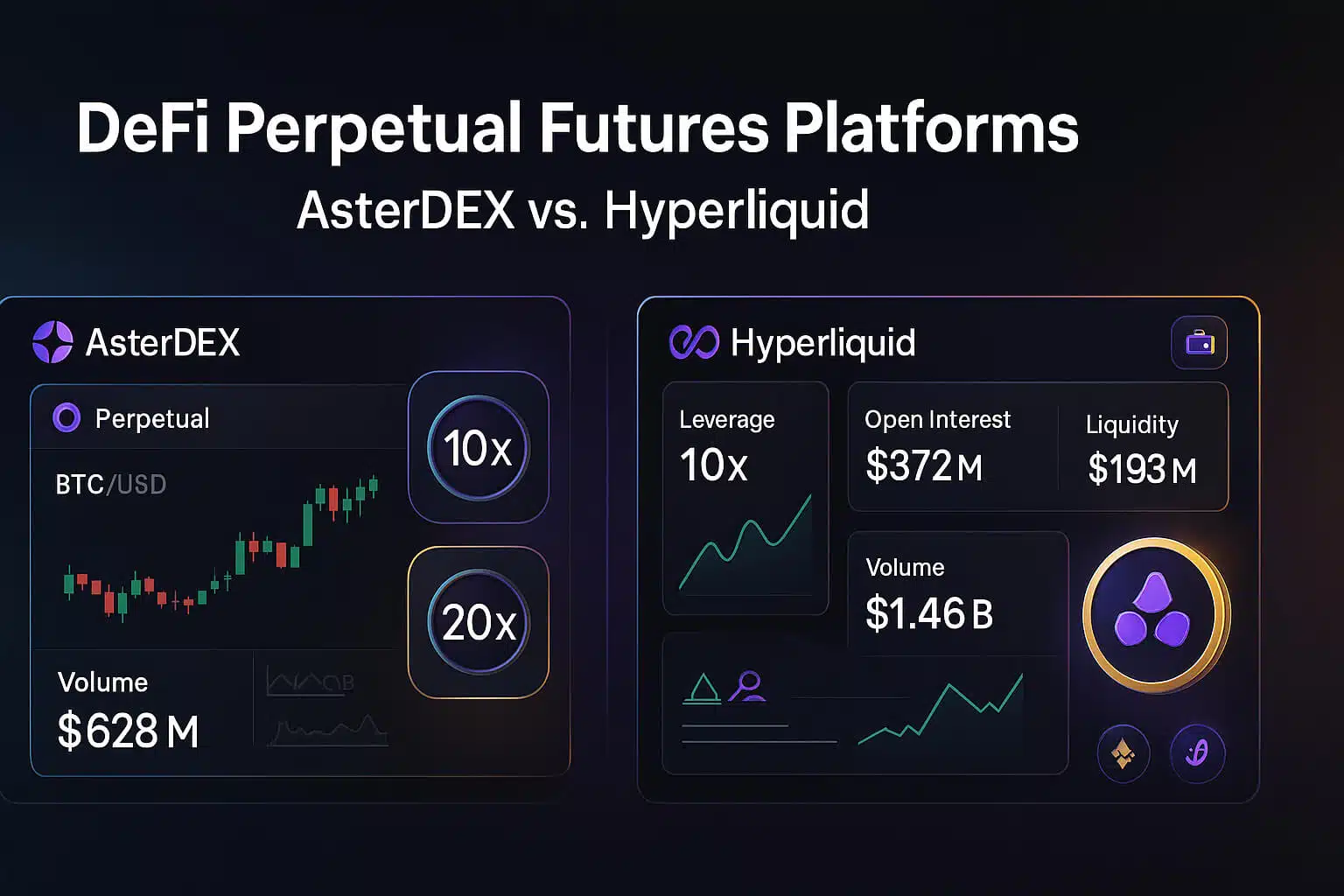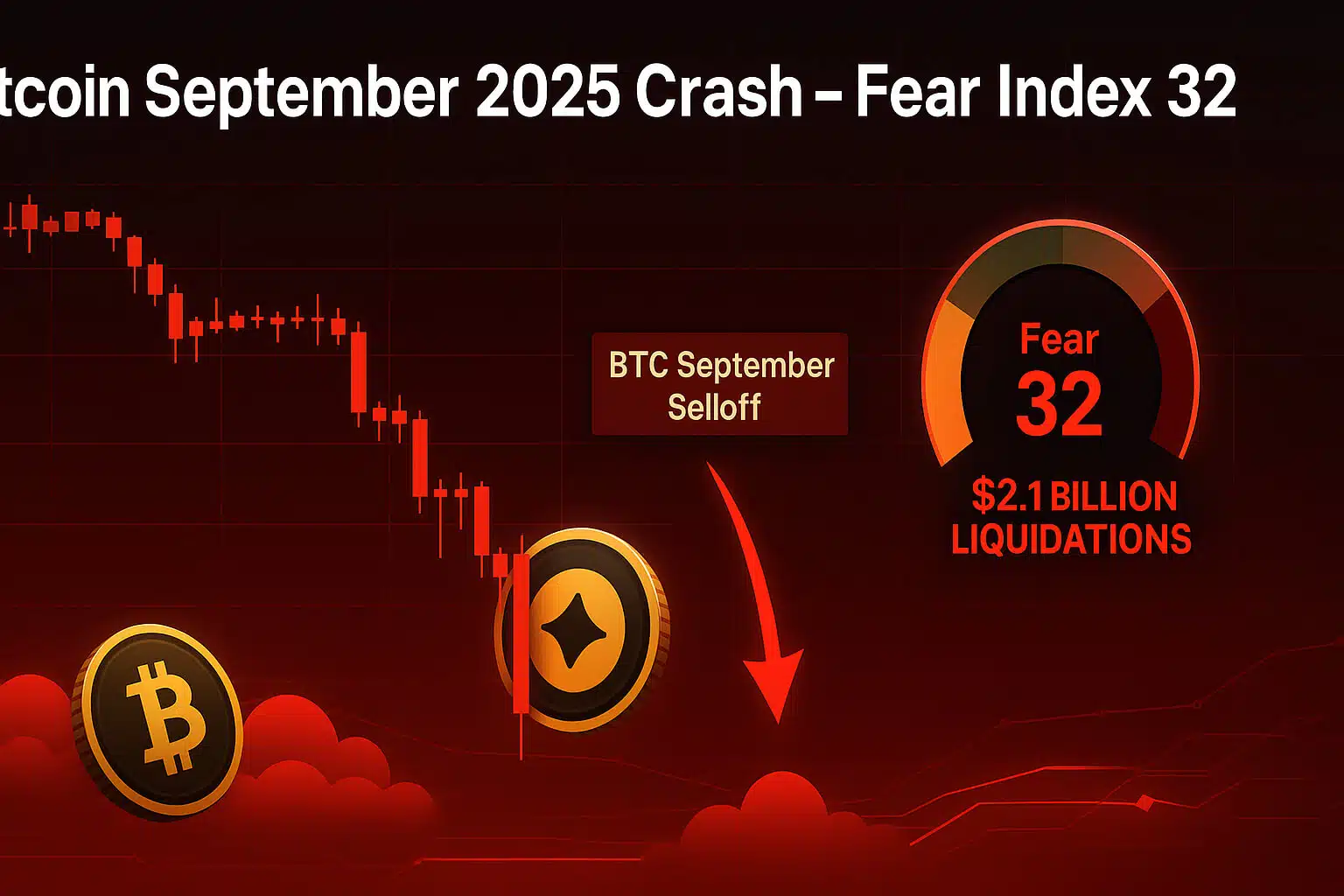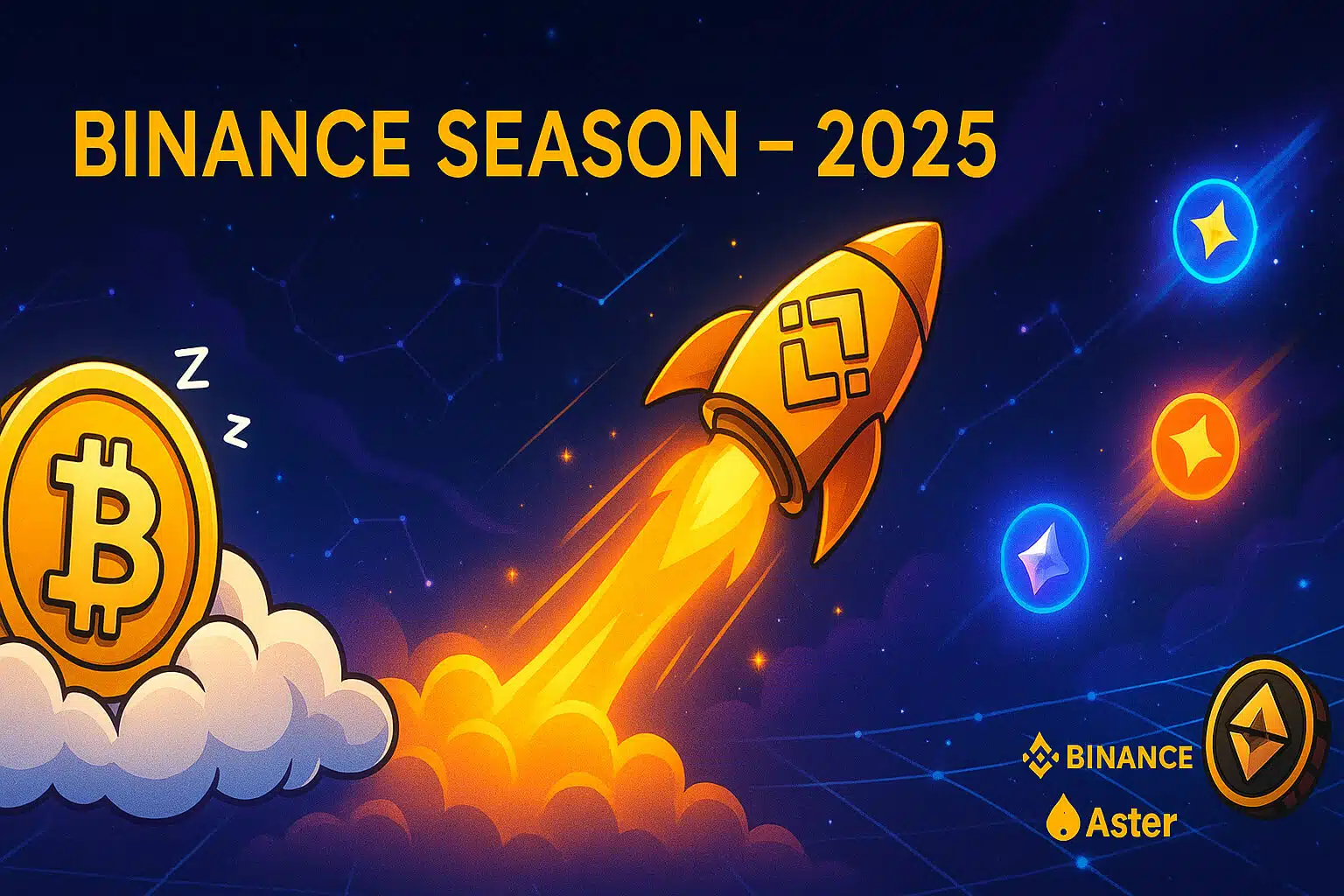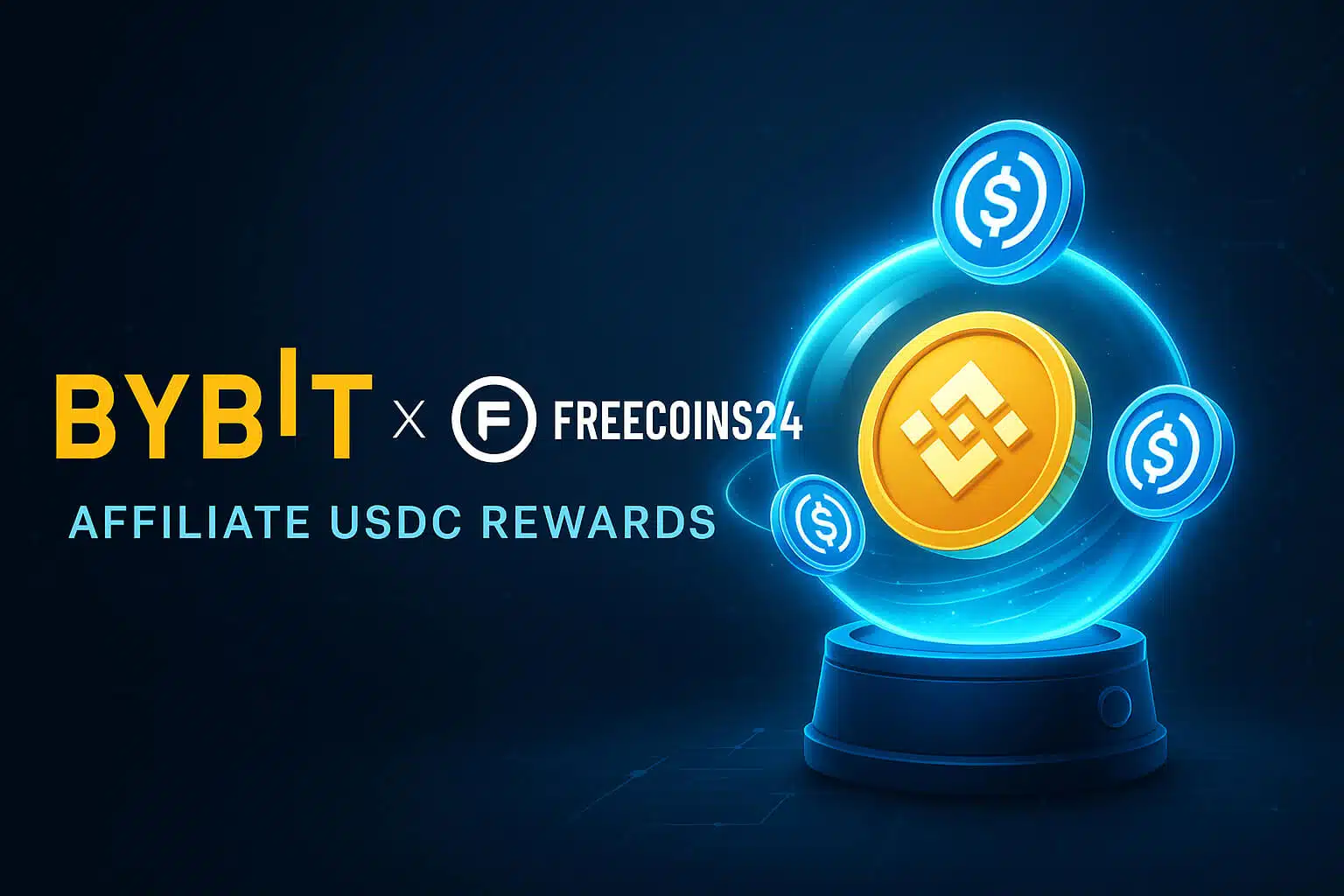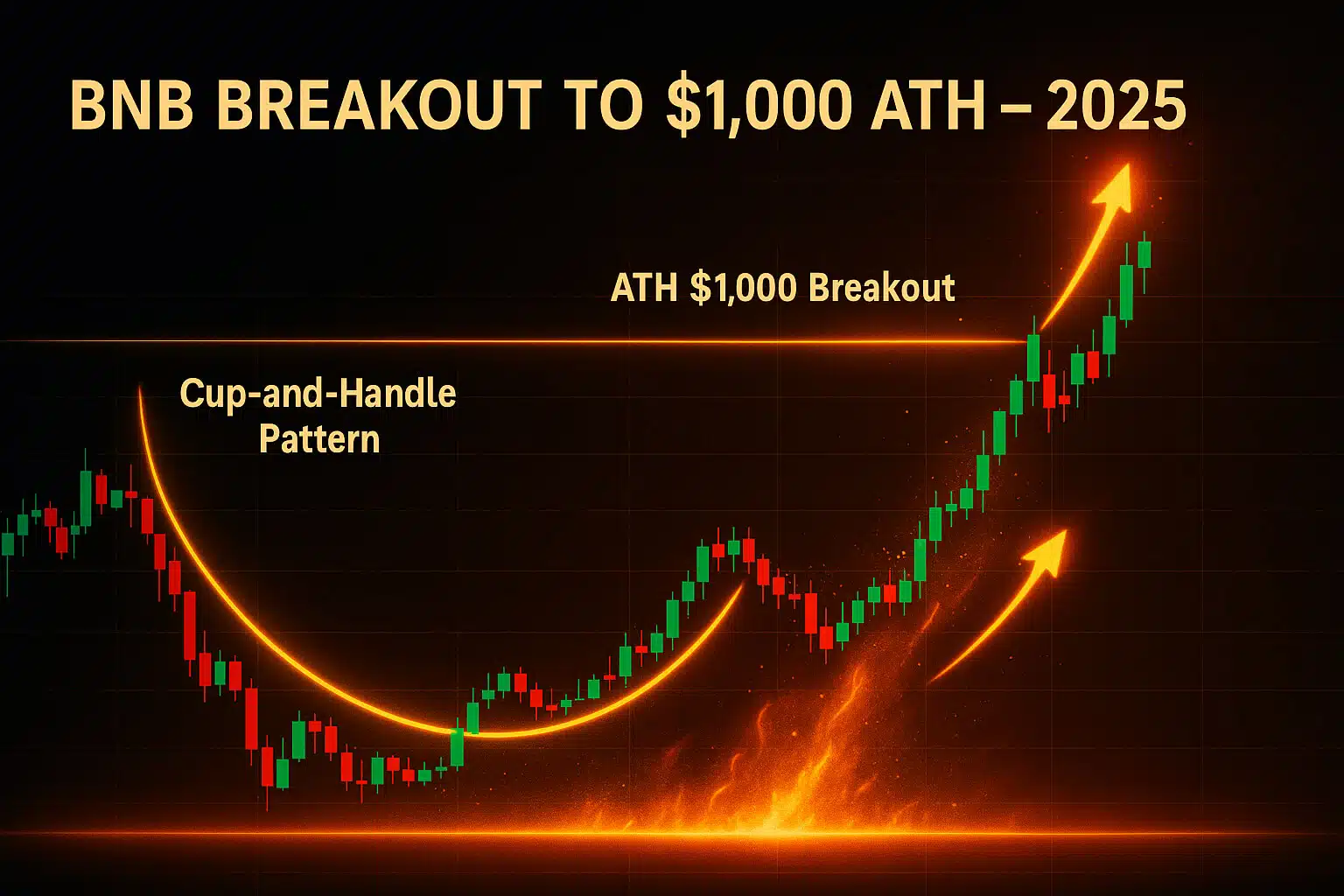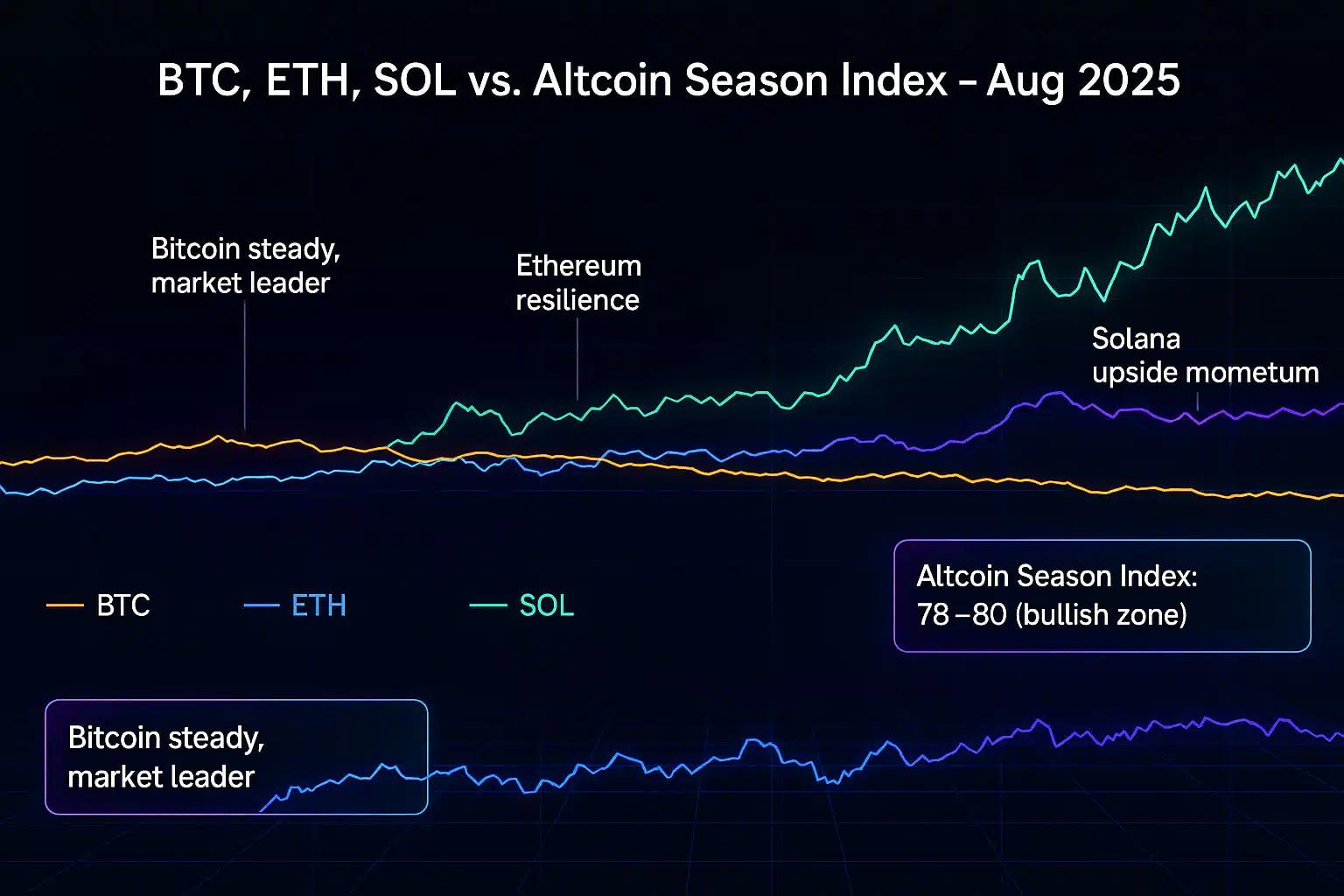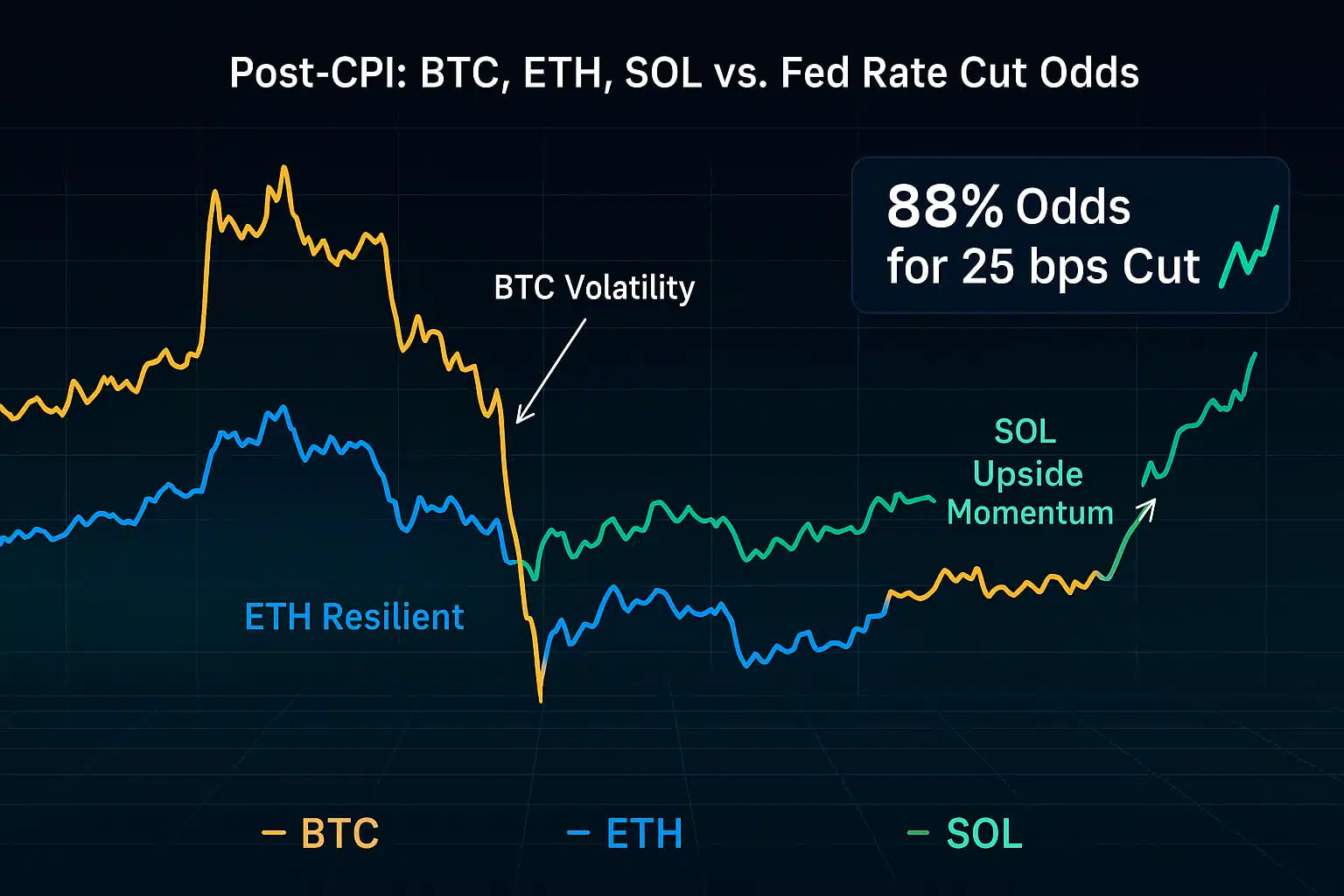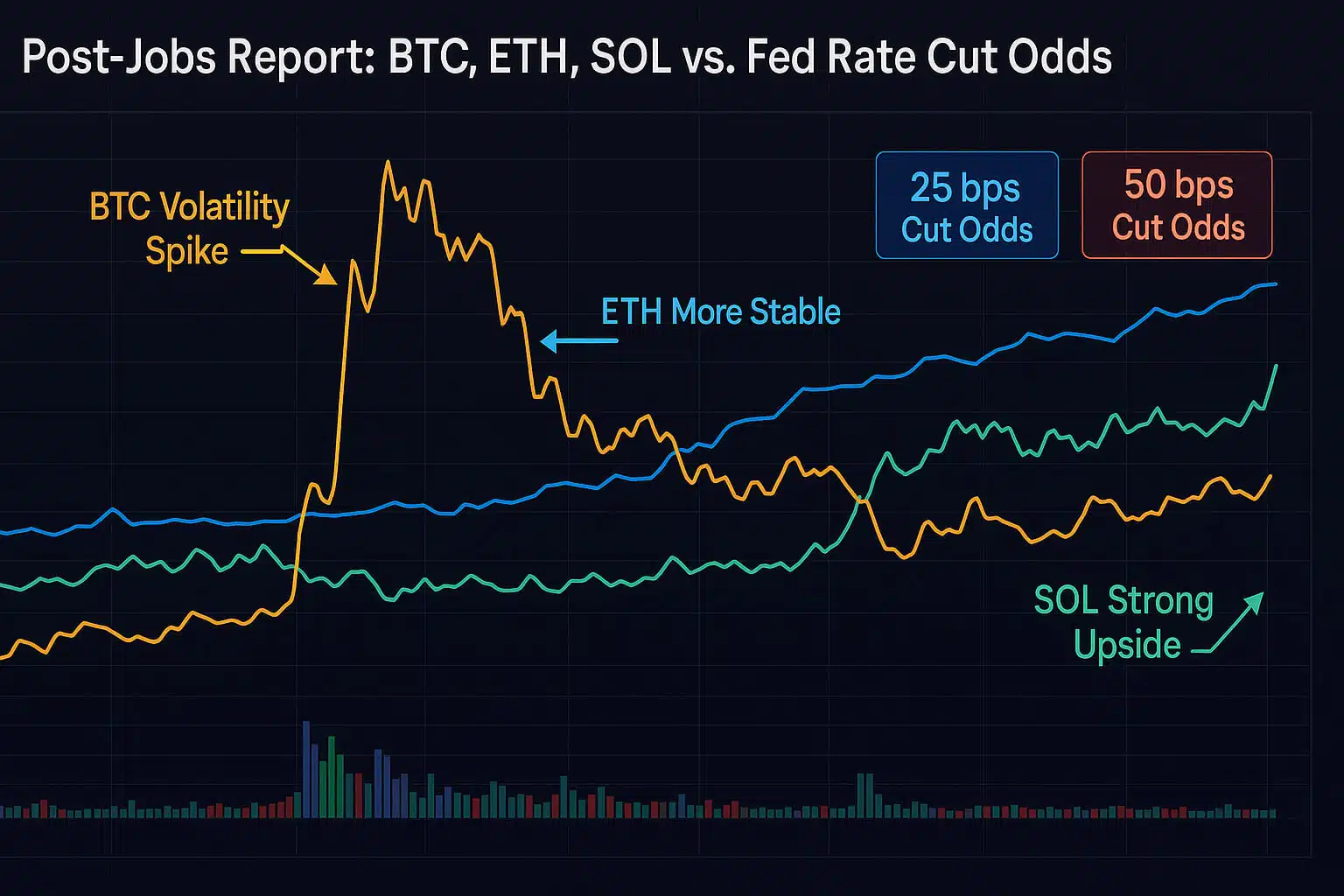The shift from traditional content platforms to decentralized content ecosystems is gaining momentum, and airdrops are at the heart of this transformation. Unlike centralized platforms, decentralized systems aim to empower creators and users with more control, fair rewards, and a stake in the ecosystem.
Airdrops, the free distribution of tokens, play a pivotal role in attracting creators, engaging users, and driving platform adoption. These incentives are revolutionizing how content is created, shared, and monetized, marking a new chapter in the Web3 economy.
This article explores how decentralized content platforms are leveraging airdrops to attract creators, retain users, and build thriving communities.
1. Empowering Creators with Decentralized Content Airdrops
1.1 Attracting Top Talent
Airdrops are helping platforms compete with traditional giants like YouTube, Instagram, and Spotify. By rewarding creators with tokens, these platforms incentivize early participation and attract talent to their ecosystem.
For instance, platforms like Minds and LBRY provide token rewards to creators for publishing content, engaging with followers, or sharing their work. These tokens can later be staked, traded, or used within the platform. This financial incentive ensures creators are fairly compensated for their contributions.
1.2 Building Creator Ownership
Unlike centralized platforms, where algorithms and policies can change without notice, decentralized content platforms give creators ownership. Airdrops distribute governance tokens, allowing creators to vote on key decisions. This enables them to shape the future of the platform they use, fostering trust and loyalty.
Example: Mirror.xyz, a decentralized blogging platform, airdrops governance tokens to contributors, allowing them to decide how the platform evolves.
1.3 Monetizing Through Token Rewards
Tokenized rewards create new income streams for creators. Tokens gained from airdrops can be:
- Staked to earn additional rewards.
- Sold on decentralized exchanges for immediate profit.
- Used to enhance visibility on the platform, such as boosting posts or promoting content.
This token economy empowers creators to monetize their work without relying on intrusive ads or unfair revenue-sharing models.
2. How Airdrops Are Engaging Users
2.1 Incentivizing User Activity
Airdrops aren’t just for creators they also engage users by rewarding actions like:
- Signing up for the platform.
- Liking and sharing content.
- Referring friends to join the community.
For example, Audius, a decentralized music streaming platform, rewarded early listeners with AUDIO tokens. By gamifying user engagement, Audius built a loyal community that actively participates in the platform’s success.
2.2 Building Stakeholder Loyalty
When users receive tokens through airdrops, they become stakeholders in the platform. This sense of ownership encourages long-term loyalty and drives active participation in governance and ecosystem growth.
2.3 Rewarding Content Curators
Some platforms reward users who curate or engage with high-quality content. Airdrops incentivize users to interact meaningfully rather than passively scrolling, creating a vibrant and engaged community.
Example: Steemit, a decentralized blogging platform, rewards both authors and readers who curate valuable content with its native token, STEEM.
3. Strengthening Governance with Tokenized Rewards
3.1 Decentralized Decision-Making
Governance tokens distributed via airdrops allow both creators and users to participate in key decisions. Holders of these tokens can vote on updates, policies, and platform direction, ensuring a more democratic ecosystem.
Example: Lens Protocol, a decentralized social media platform, uses airdrops to empower its community with governance rights, allowing them to influence platform policies.
3.2 Encouraging Long-Term Commitment
Governance tokens often come with vesting periods or staking options, encouraging recipients to hold onto their tokens. This reduces sell pressure and ensures participants remain invested in the platform’s growth.
4. Real-Life Examples of Airdrop Success in Content Platforms
4.1 Minds: Rewarding Social Media Activity
Minds uses its native token, $MINDS, to reward creators and users. By tokenizing engagement likes, shares, and comments Minds has successfully attracted users who value transparency and fair rewards.
4.2 Steemit: Building a Blogging Ecosystem
Steemit rewards content creators and curators with its STEEM tokens. By distributing tokens via airdrops, the platform has built a sustainable and engaged blogging community.
4.3 Audius: Revolutionizing Music Streaming
Audius distributed AUDIO tokens to creators and listeners, incentivizing them to support the platform. Today, AUDIO tokens enable governance participation, staking, and access to premium features.
5. Challenges of Airdrop Campaigns for Content Platforms
5.1 Preventing Abuse
Airdrops can attract opportunists who create multiple accounts to claim tokens. Platforms need robust anti-spam measures, such as verifying user activity or linking rewards to specific actions.
5.2 Maintaining Token Value
Tokens can lose value if there’s no utility or demand. To sustain interest, platforms must ensure tokens are usable for governance, staking, or in-platform services like boosting content visibility.
5.3 Retaining Engagement After Airdrops
Airdrops may attract users initially, but platforms need additional strategies to keep them engaged long-term. Regular rewards, engaging features, and strong community building are critical for sustained growth.
6. Future Trends: Airdrops in Decentralized Media
The role of airdrops in promoting decentralized content platforms is evolving rapidly. Here’s what to expect:
- Personalized Airdrops: Tailored rewards based on user activity and preferences.
- Cross-Platform Airdrops: Tokens usable across multiple decentralized platforms for a seamless experience.
- Integrated Rewards Systems: Airdrops combined with gamification to enhance user retention.
As blockchain technology continues to grow, airdrops will remain a cornerstone of decentralized content promotion, helping platforms attract talent, engage users, and drive innovation.
Conclusion
Airdrops are reshaping the media landscape by promoting decentralized content platforms. By rewarding creators, incentivizing users, and distributing governance power, they enable platforms to grow while staying true to the principles of Web3. Platforms like Audius, Steemit, and Minds showcase the transformative potential of tokenized rewards in building vibrant ecosystems.
If you’re interested in blockchain based content creation or simply exploring decentralized platforms, now is the perfect time to get involved. Airdrops are not just free tokens they’re a gateway to the future of content creation and engagement.
For more insights on blockchain strategies, visit our Blockchain Technology Guides.
Stay Updated
For the latest updates on decentralized platforms and airdrop strategies, follow us on:
Special Offer
Ready to trade tokens from decentralized content platforms? Sign up on Bybit today and earn up to $30,000 in deposit bonuses. Build your portfolio with confidence on a top crypto platform.


